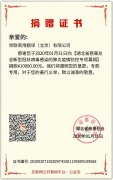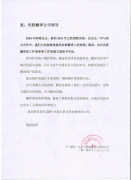“规矩”里的“规”和“矩”都指的是啥?有用的知识又增加了!
时间:2022-09-16 08:37 来源:未知 作者:dl 点击:次
| 文章转载自 21英语微商城 21世纪英文报 我们从小就被教导要“守规矩”,你知道吗?“规”和“矩”是两回事,它们都指的是什么呢?
Q: In Chinese, guiju refers to rules. In fact, these two characters, gui and ju, referred to two tools in ancient times. Do you know what they were? 汉语中的“规矩”是啥意思大家伙都知道吧~其实,“规”和“矩”这两个字分别指代古代的两种工具。究竟是什么呢?一起来看看吧~
A: Gui was the tool used to draw circles, like today’s compasses (圆规). Ju was used to draw squares (方形), like the try square (曲尺) today.
规和矩是十分有用的工具,可以帮助古人作图,几何学的进步也得益于它们。因为勾股定理,“矩”被熟知——这个定理是中国数学史上最重要的发现之一。
Ancient Chinese people created the tools very early. The Records of the Historian (《史记》) said that Dayu, the man who fought the flood (洪水), used gui and ju. 中国古人很早就创造了“规”和“矩”。《史记》中记载道,大禹治水,用的便是规和矩。
在汉代(公元前206年-公元220年)的砖雕图案中,有这样的画面:神话人物伏羲手持矩,女娲手持规。
古人把规矩比作法律和规则。后来,他们用这个短语来指代规则。 |























